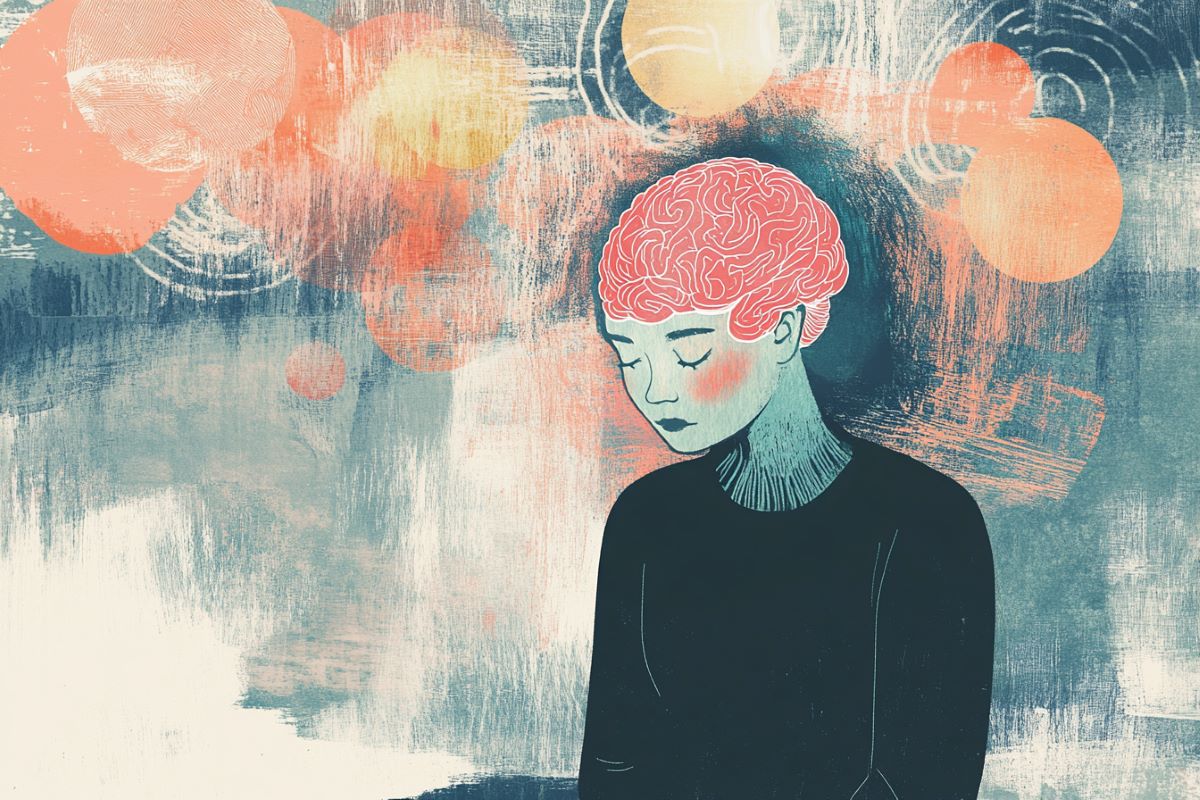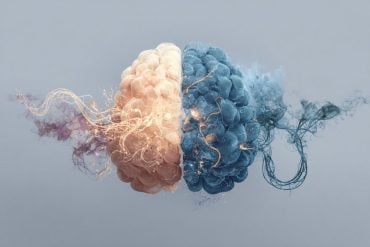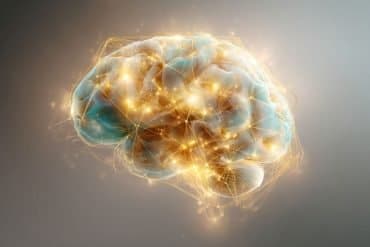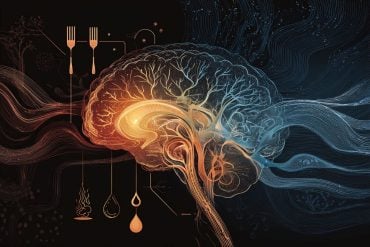Summary: New research sheds light on how ketamine affects the brain by targeting a specific NMDA receptor subtype, GluN1-2B-2D. Scientists used electron cryo-microscopy to capture how ketamine binds to this receptor, revealing multiple attachment sites that influence brain activity.
These findings help explain ketamine’s antidepressant effects but also highlight the risks associated with its use. Understanding how this receptor opens and closes could pave the way for safer alternatives with fewer side effects.
The study confirms the existence of GluN1-2B-2D in mammalian brains, resolving a long-standing scientific debate. Future research aims to refine ketamine-based treatments to improve mental health therapies.
Key Facts
- Receptor Discovery: Scientists confirmed the existence of GluN1-2B-2D, a key NMDA receptor subtype targeted by ketamine.
- Binding Mechanism: Electron cryo-microscopy revealed multiple ways ketamine attaches to and blocks this receptor’s ion channel.
- Therapeutic Potential: Understanding ketamine’s effects on GluN1-2B-2D could lead to safer antidepressants with fewer side effects.
Source: CSHL
Ketamine has received a Hollywood makeover. It used to be known as a rave drug (street name special K) and cat anesthetic.
However, in recent years, some doctors have prescribed ketamine to treat conditions from post-traumatic stress disorder to depression.
“The practice is not without controversy,” notes Cold Spring Harbor Laboratory (CSHL) Professor Hiro Furukawa.
‘Should we give a hallucinogen to patients in compromised mental states?’ wonder ketamine’s skeptics. The controversy came to a head in 2024 following the death of Matthew Perry.
The popular TV actor, best known as Chandler on NBC’s Friends, died from a ketamine overdose. One person charged in connection with Perry’s death was the doctor who’d prescribed him ketamine for depression and anxiety.
“Even putting this aside, many questions remain regarding how ketamine affects the brain,” says Furukawa.
“It’s been suggested for over a decade that the drug blocks a specific kind of NMDA receptor (NMDAR), called GluN1-2B-2D.” There was one big problem with this theory. Scientists weren’t quite sure that GluN1-2B-2D existed. A new study from the Furukawa lab shines much-needed light on the situation.
In a paper published in the journal Neuron, Furukawa and postdoc Hyunook Kang prove that GluN1-2B-2D does exist in the mammal brain. They then reconstruct a human version of GluN1-2B-2D. They don’t stop there. Using electron cryo-microscopy (cryo-EM), they capture GluN1-2B-2D in action.
The neuroscientists identify the tension-and-release mechanism that controls GluN1-2B-2D movements. They can now see how this mysterious NMDAR opens and closes its ion channel pore. And they go another step further. They reveal several ways ketamine may bind to GluN1-2B-2D.
A series of stunningly detailed visualizations show ketamine molecules becoming attached to specific parts of GluN1-2B-2D.
“It’s like a mesh,” explains Furukawa. “Over tiny fractions of a second, ketamine can latch onto these sections and close off the channel.”
Furukawa and his colleagues captured four binding patterns. However, they believe there are many other ways ketamine can take hold.
It’s thought that ketamine may ease symptoms of depression and anxiety by affecting GluN1-2B-2D movement. But for how long should the channel remain open or closed?
“This likely varies per patient,” Furukawa says.
Likewise, side effects of ketamine therapy can range from mild hallucinations to full-on psychosis. However, if scientists can determine how GluN1-2B-2D movements affect the brain, they may be able to synthesize new versions of the drug with fewer harmful side effects.
That could offer hope for millions of people living with depression and anxiety. So, that’s where Furukawa and his colleagues at CSHL will set their sights next.
About this psychopharmacology and neuroscience research news
Author: Samuel Diamond
Source: CSHL
Contact: Samuel Diamond – CSHL
Image: The image is credited to Neuroscience News
Original Research: Open access.
“Structural basis for channel gating and blockade in tri-heteromeric GluN1-2B-2D NMDA receptor” by Hiro Furukawa et al. Neuron
Abstract
Structural basis for channel gating and blockade in tri-heteromeric GluN1-2B-2D NMDA receptor
Discrete activation of N-methyl-D-aspartate receptor (NMDAR) subtypes by glutamate and the co-agonist glycine is fundamental to neuroplasticity.
A distinct variant, the tri-heteromeric receptor, comprising glycine-binding GluN1 and two types of glutamate-binding GluN2 subunits, exhibits unique pharmacological characteristics, notably enhanced sensitivity to the anti-depressant channel blocker S-(+)-ketamine.
Despite its significance, the structural mechanisms underlying ligand gating and channel blockade of tri-heteromeric NMDARs remain poorly understood.
Here, we identify and characterize tri-heteromeric GluN1-2B-2D NMDAR in the adult brain, resolving its structures in the activated, inhibited, and S-(+)-ketamine-blocked states.
These structures reveal the ligand-dependent conformational dynamics that modulate the tension between the extracellular domain and transmembrane channels, governing channel gating and blockade.
Additionally, we demonstrate that the inhibitor (S)-DQP-997-74 selectively decouples linker tension in GluN2D, offering insights into subtype-selective targeting for cognitive modulation.







